Many claim the best OLED TV, without question, is the Sony Bravia XR A95L QD-OLED TV. It's a stunning feat of engineering, there's no doubt, which is probably why it was crowned king of OLED TVs earlier this year in a shootout against major flagships from LG and Samsung. That said, one TV maker in particular abstained from the annual shootout, and I'm of the mind its OLED TV is just as (if not even better) than Sony's A95L.
Returning to the US after an eight year hiatus, Panasonic's back in the saddle bringing with it the exciting Z95A OLED TV. It's one of the most advanced premium OLEDs in the market, leveraging LG Display's MLA 2nd Gen panel with a 144Hz refresh rate and the full range of HDR certifications. The Z95A is also one of the few sets to feature a speaker system rated with a 160W output, making it ideal for those who want the best possible audio right out of the box.
Then there's the Sony A95L, a Sony OLED that's often considered one of the best OLED TVs bar none, yet it didn't get a refresh this year within the Sony 2024 TV lineup. Sony opted instead to keep the A95L as its flagship OLED, while the Bravia 9 Mini-LED TV took center stage as its most advanced 2024 set. That should be proof alone in just how well-rounded the A95L truly is, sporting a QD-OLED panel from Samsung Display with a 120Hz refresh rate and several PS5-exclusive features.
Despite being a year old, the Sony model still comes heralded as one of the best screens you can buy. But there's no question that Panasonic has released one of the slickest OLED sets in years, one that not only brings some incredible technical features but also some stellar design ethos to the OLED formula. Let's see which premium OLED TV is worth your hard-earned dollar and which truly is king of OLEDs.
Sony A95L vs Panasonic Z95A: Specs compared
Swipe to scroll horizontally
| Sizes | 55", 65", 75" | 65" |
| Ports | 2x HDMI 2.1, 2x HDMI 2.0 | 2x HDMI 2.1, 2x HDMI 2.0 |
| Resolution | 3,840 x 2,160p | 3,840 x 2,160p |
| HDR | HDR10, HLG, Dolby Vision | HDR10,, HDR10+ Adaptive, HLG, Dolby Vision IQ |
| Smart TV software | Google TV | Fire TV |
| ATSC 3.0 support? | Yes | Yes |
| Processor | XR Processor | HCX Pro AI mk2 |
Sony A95L vs Panasonic Z95A: Design

The Sony A95L and Panasonic Z95A veer quite a bit in terms of design. For starters, the A95L features Samsung Display's QD-OLED panel, while the Panasonic Z95A uses LG Display's MLA Gen 2 panel. There's several key differences between them, with the WOLED proving to have a bit better brightness while the QD-OLED will often have slightly better color accuracy and color volume. If you're curious about which is better for you specifically, check out our WOLED vs QD-OLED page for a more in-depth comparison.
As you can expect, the two OLED displays also sport two very different chips. The Panasonic Z95A comes equipped with the HCX Pro AI mk2, a valiant processor that uses AI for improved workloads in everything from general upscaling to varied picture performance upgrades. Meanwhile, the A95L uses Sony's Cognitive XR chipset, which likewise comes highly regarded with its own set of AI enhancements and exclusive PS5 features.
The A95L supports a 120Hz refresh rate while the Z95A bumps that up to 144Hz, which means both are ideal for console gaming, but the Z95A will pair much better with one of the best gaming PCs. They do both only come with two HDMI 2.1 ports (and an additional two HDMI 2.0), though, which means neither OLEDs come regarded as among the best HDMI 2.1 TVs, but they do still come as two of the most expensive OLED TVs in the market.
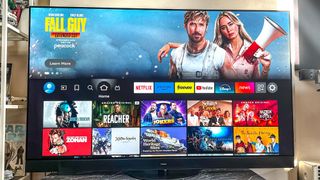
It's important to note that the Z95A only comes available in a 65-inch model while the Sony OLED is available in 55-inch , 65-inch, and 77-inch. The Z95A is built on Amazon Fire TV and the Sony A95L runs on Google TV. Unlike most OLEDs this year, this two sets both have an ATSC 3.0 tuner, netting you access to 4K broadcasts on NextGenTV.
One thing that makes the Panasonic Z95A stand out is its pedestal swivel stand. It's an ingenious feat of engineering that's not only super easy to setup, but makes placing the TV in particular places around your home that much simpler. The Sony A95L uses all-too familiar legs as stands that aren't ideal for every surface, especially those that aren't as wide as necessary, nor do they make it easy for off-axis viewers.
The Panasonic Z95A is also quite thin. At 2.7-inch, it's depth might not be as slim as the Sony A95L's, which is just over 1-inch, but it does pack within it one of the largest speaker systems we've seen in a TV. Leveraging a 5.1.2-channel system with a 160W output, the Z95A is among a rare breed of OLED TV that won't require the addition of one of the best soundbars.
Meanwhile, Sony's A95L comes equipped with less than half that output at just 60W. That's not to say its internal speakers are middling, it's just added proof in how Panasonic has over engineered its newest OLED TV to stellar effect. The Z95A is the perfect test subject and emulator for rival TV makers as it really sells itself on design alone. Yet, there's also its incredible performance.
Sony A95L vs Panasonic Z95A: Performance

Just judging by performance metrics alone, these two OLED TVs are undoubtedly premium sets for a reason. They offer some of the best performance you'll find in an OLED TV, with incredible brightness and color ratios to stand tall in a crowded market. The major highlight, of course, is the duo's panel types, with the Gen 2 MLA panel on the Z95A going toe to toe with its biggest rival in the A95L's QD-OLED panel.
LG Display's deep knowhow in leveraging boosted brightness potentials becomes ever-potent here. Just look at the Panasonic Z95A's peak HDR and standard brightness levels, which hit 2,012 nits and 1,625 nits respectively. You don't often see brightness levels this high on an OLED screen.
Not only does the Z95A's brightness top the A95L's, which doesn't break over 1,400 nits in HDR workloads, but it's also even better than LG's premium G4 OLED TV, one of the only other TVs to sport that MLA panel. With a peak brightness of 1,476 nits in standard content, the LG G4 simply can't compete with Panasonic's newest behemoth.
Swipe to scroll horizontally
| Row 0 - Cell 0 | Sony A95L | Panasonic Z95A |
| SDR Brightness (10%, in nits) | 1,214 | 1,625 |
| Rec. 709 Gamut Coverage | 99.97% | 99.22% |
| HDR Brightness (10%, in nits) | 1,373 | 2,012 |
| UHDA-P3 Gamut Coverage | 99.95% | 98.34% |
| Rec. 2020 Gamut Coverage | 89.41% | 74.44% |
| Input latency (milliseconds) | 16.1 | 12.6 |
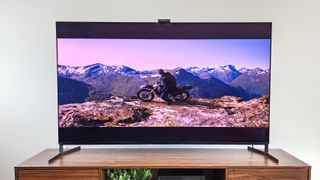
The color side of things is a completely different story. While the Z95A might have overall better brightness numbers, the A95L handles its color volume and output a lot better, especially in HDR. Take a closer look at the Rec2020 Gamut rating in the chart to see the major variances here, with the A95L covering as much as 89.41% against the Z95A's mere 74.44%.
Seeing anything over 79% is quite rare, and it's one of the main reasons why the A95L is so beloved. Still, with an input latency of 16.1ms, well over the 10ms threshold we like to see on premium sets, the A95L simply doesn't cut it as one of the best gaming TVs — even with its PS5 exclusive features. While the Panasonic Z95A isn't much better at 12.6ms, its commanding of both G-Sync and FreeSync make it particularly ideal for all kinds of gamers.
And then there's sound quality. As mentioned, the Z95A sports a rather boisterous Dolby Atmos sound system with both upfiring and sidefiring speakers on a 160W output. Beyond that, the Z95A also comes equipped with Panasonic's Sound Focus feature that makes it easier for you to tailor your TV audio to your heart's content.
Sony A95L vs Panasonic Z95A: Which should you buy?

Despite its high praise, the Sony A95L simply isn't up to task in taking down Panasonic's newest premium OLED. There's just so much going for the Z95A that makes it ideal for such a wide swath of users. It's built on one of the best OLED panels in the industry with a 144Hz refresh rate, plus it's got one of the best speaker systems anyone could ask for.
Of course, the real distinction between these two premium OLED TVs is usability. While I can rave all day long about the Panasonic Z95A, the Amazon Fire TV interface does little to sway consumers that might be more inclined to Google TV, which is simply the better operating system. But if you can look past this minimal flaw, the Z95A beats the Sony A95L in a number of categories — not least of all bang for your buck.
At $2,699 versus the Sony Bravia XR A95L's current $2,998 price, the Z95A simply proves the better investment. Would you rather pay more for a system that's worse in terms of general performance numbers and overall features? It just doesn't make any sense, even if the A95L was crowned king of OLED TVs. After all, it's now a year old and Sony could very well be gearing up to launch its next major refresh.
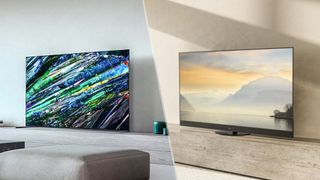


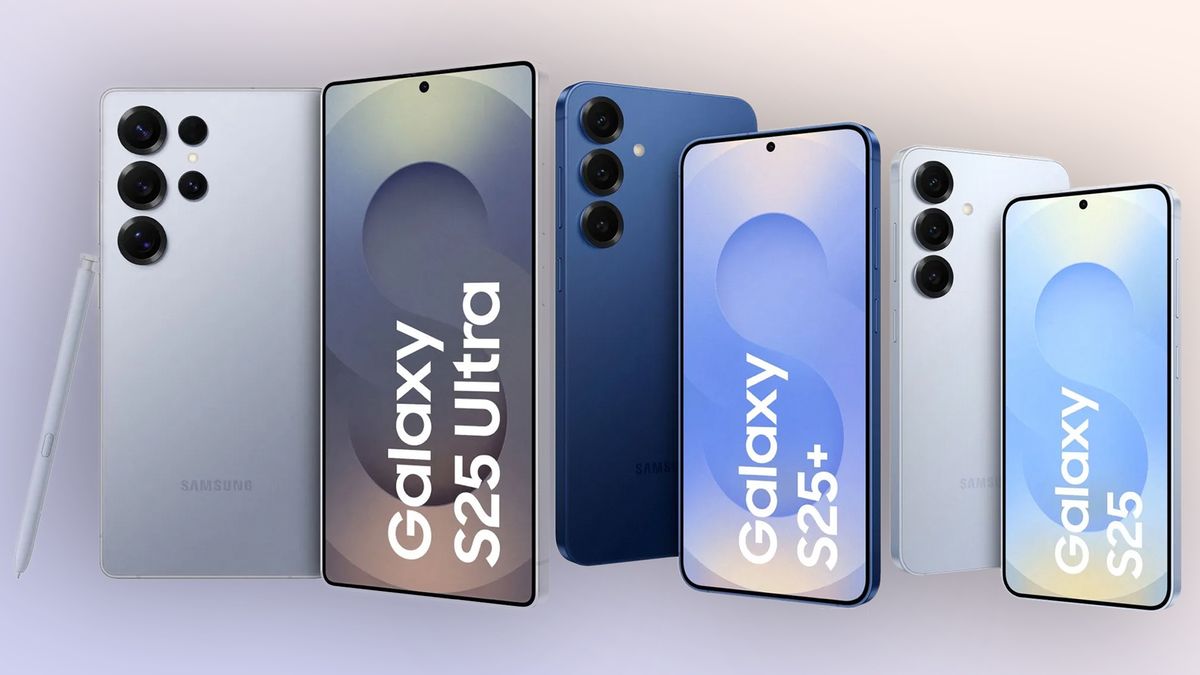
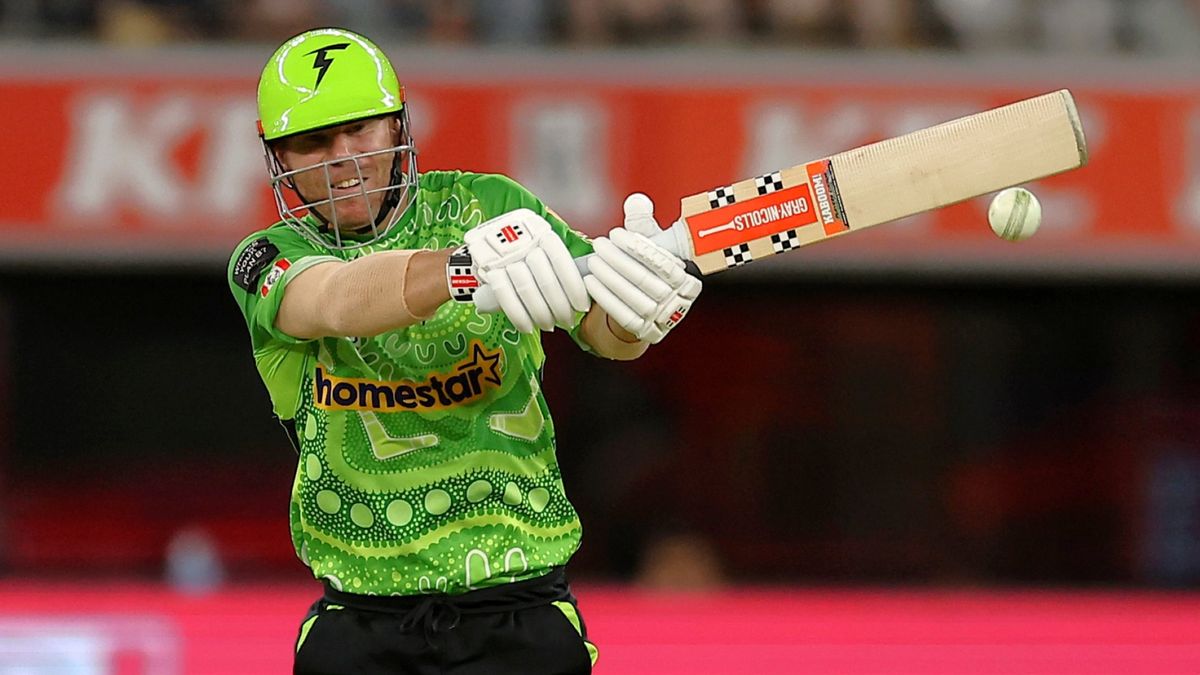



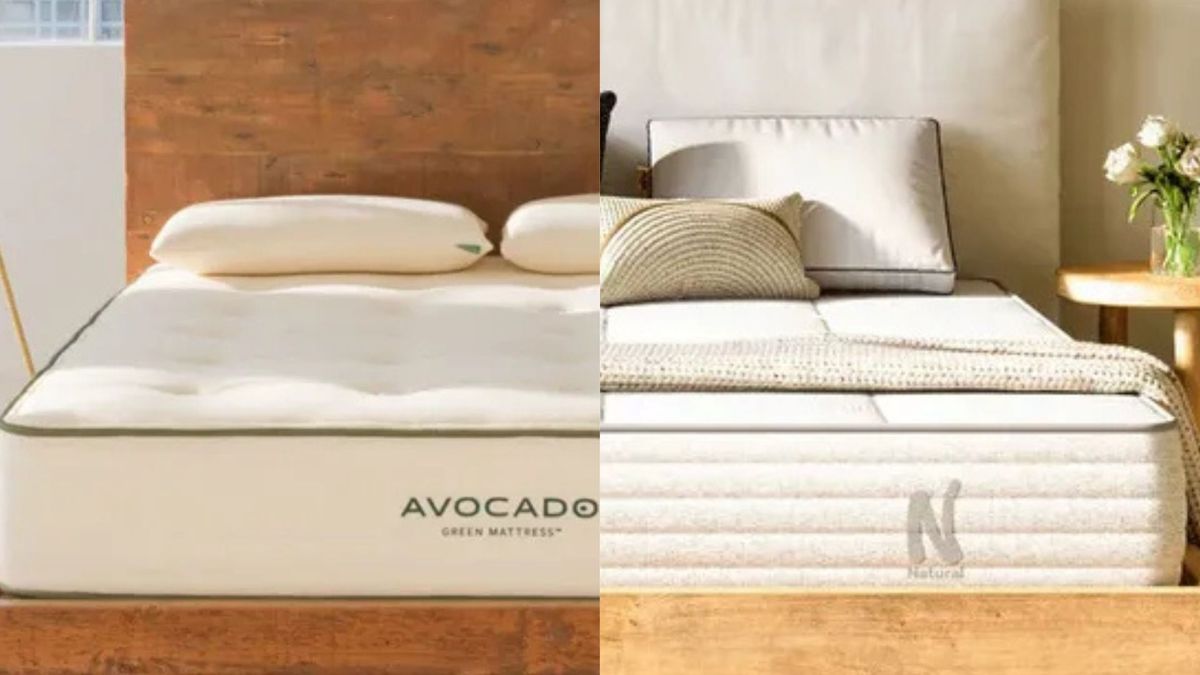

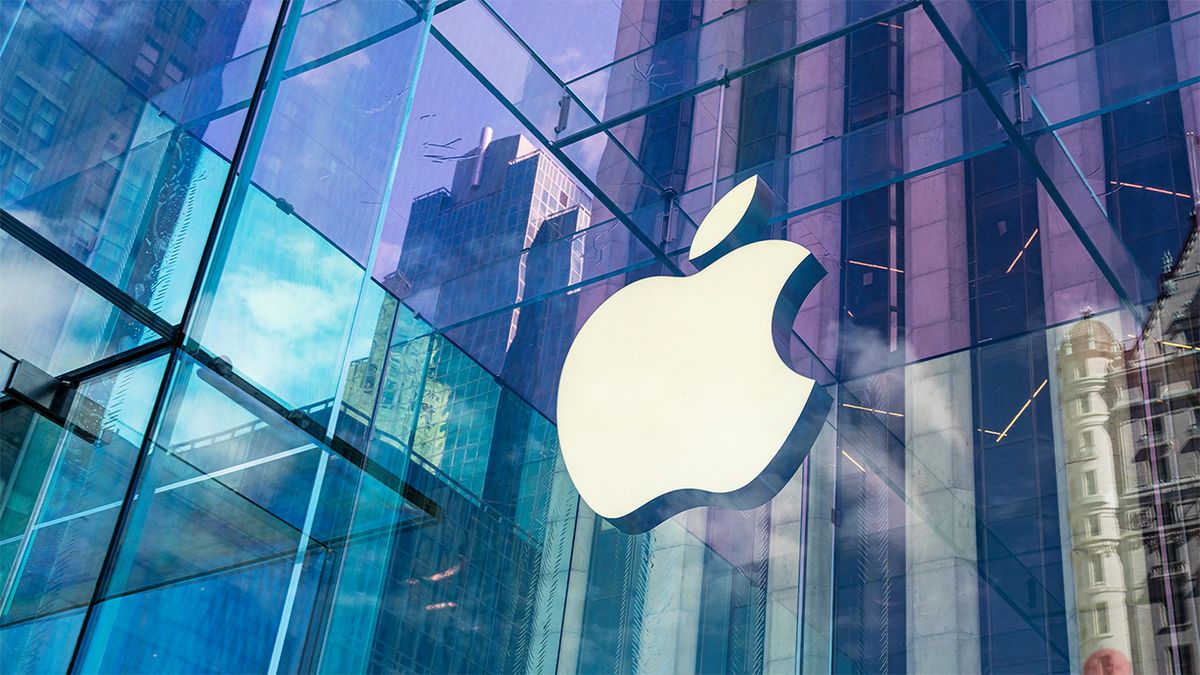
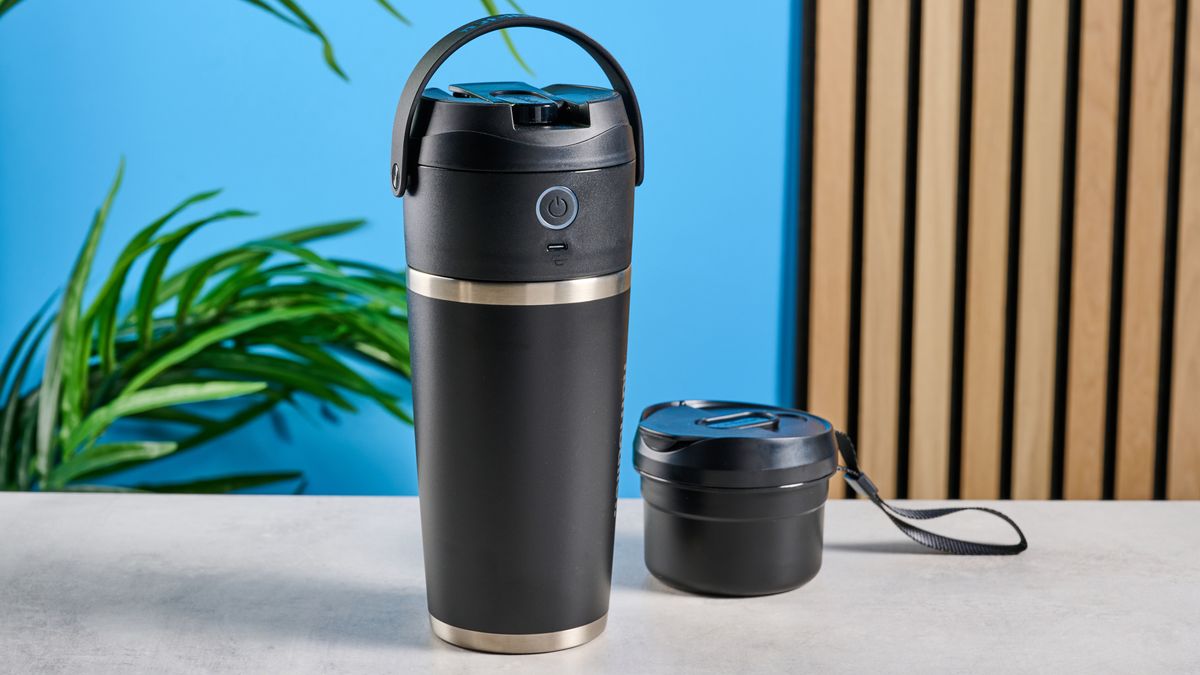









 English (US) ·
English (US) ·